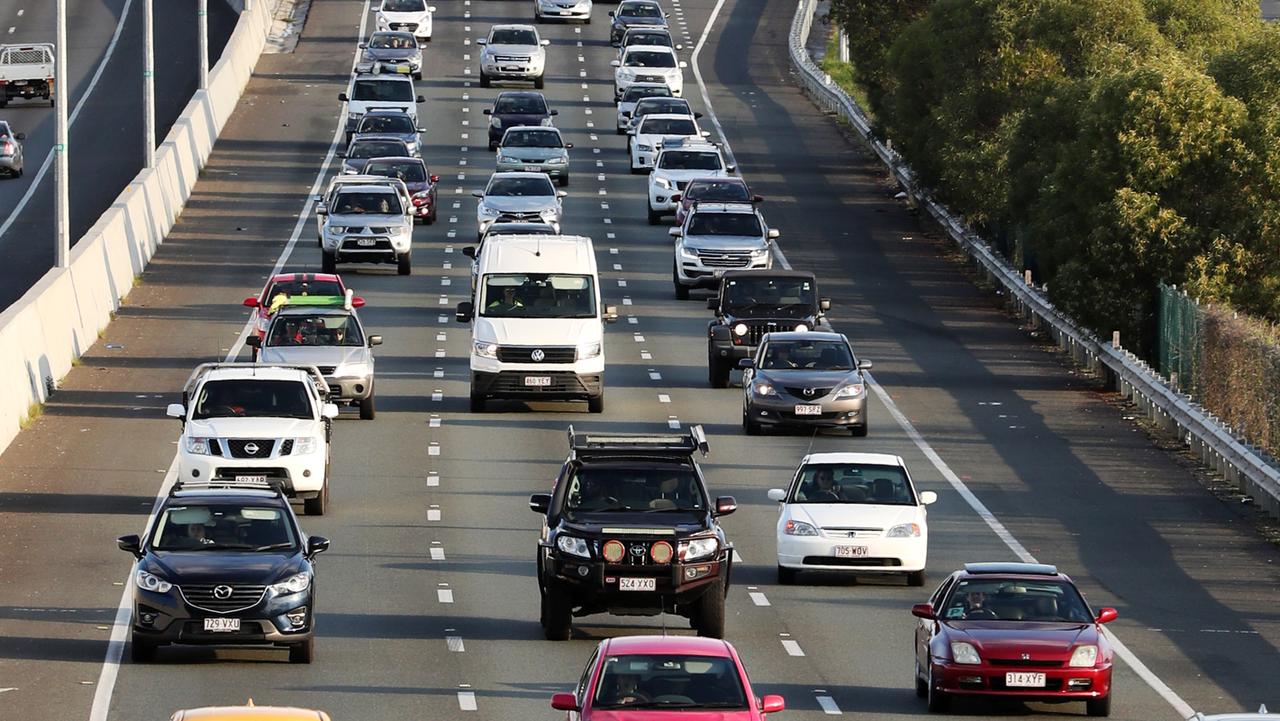What's the bush fire danger in The Shire?
Bushfires continue to ravage many parts of NSW. We have the latest advice from the Rural Fire Service.

HyperLocal
Don't miss out on the headlines from HyperLocal. Followed categories will be added to My News.
Today's bush fire danger rating for the Greater Sydney Region is currently set at extreme.
A total fire ban is in effect.
This includes the council areas of The Hills, Blacktown, Blue Mountains, Burwood, Camden, Campbelltown, Canada Bay, Fairfield, Hawkesbury, Hornsby, Hunters Hill, Kogarah, Ku-ring-gai, Lane Cove, Liverpool, Mosman, North Sydney, Parramatta, Penrith, Randwick, Ryde, Strathfield, Sutherland, Sydney, Waverley, Willoughby, Woollahra, Bayside, Canterbury-Bankstown, Central Coast, Cumberland, Georges River, Inner West and Northern Beaches.
Visit the NSW Rural Fire Service (RFS) fire rating website for the latest information.
The rating is set through consultation between the Bureau of Meteorology and emergency services, and may change throughout the day.
The bush fire danger rating for tomorrow is set at high.
A total fire ban will be in place tomorrow.
During a total fire ban, residents cannot light, maintain or use a fire in the open, or to carry out any activity in the open that is likely to cause a fire.
A full list of restrictions is available online.
Here are some tips from the RFS on what to do in a fire:
Remember, follow your bush fire survival plan. If you do not have a bush fire survival plan, ensure you know what you will do before, during and after the fire.
Remember, leaving early is your safest option.
Before the fire:
- Put on your protective clothing
- Turn on the radio to keep yourself informed
- Bring pets inside and keep them in one room
- Close all windows and doors
- Block spaces beneath doors and windows with wet towels
- Fill buckets, sinks and bath tubs with water ready to put out spot fires
- Have your firefighting equipment like pumps and hoses connected to your water supply
- Block downpipes and fill gutters with water
- Remove items which can burn from around your home like outdoor furniture
- Bring ladders inside to check roof space for embers
- Patrol the outside of your home putting out any embers or spot fires
- Just before the fire arrives, wet down timber decks and gardens close to the house
- Move any firefighting equipment to a place where it will not get burnt
During the fire:
- Go inside but stay alert
- Shelter in a room on the opposite side of the house from the approaching fire and one that has a clear exit out of the house
- Patrol inside the house, including the roof space looking for sparks and embers
- Protect yourself from the heat of the fire
- If your life is at risk, call triple zero (000)
- Once the fire has passed
- Check your roof spaces
- Go outside and put out any part of your house which is alight
- Check under the house and any decks
- Check on your pets and animals
- Embers or sparks can start spot fires for many hours after the fire has passed
- If you can, contact your family and friends and check on your neighbours


